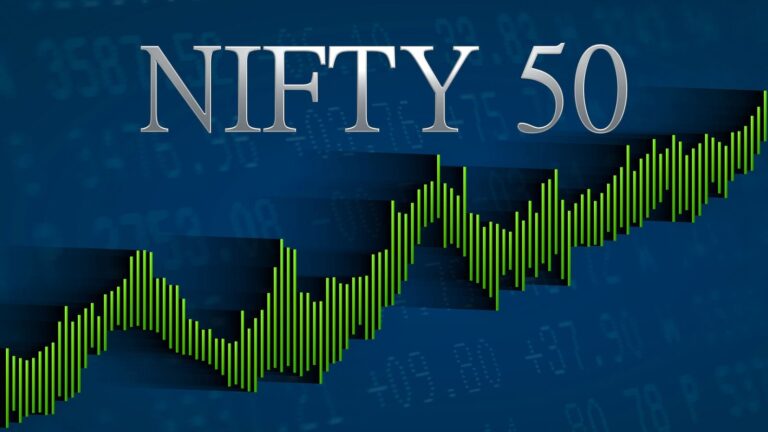The Indian stock market benchmark, the Nifty 50, ended above the psychologically important 25,100 mark on Friday, September 12. The last time the index closed above this level was on July 23, when it ended at 25,220. Moreover, the index extended its gains to an eighth consecutive session, its longest daily winning streak since September last year.
What is driving the index higher? The recent GST reforms, upward revision of India’s growth outlook, hopes of an India-US trade deal and expectations that earnings will see a significant revival from the second half of the year are the key factors underpinning market sentiment.
Has the market started discounting earnings recovery, trade deal?
The market seems to have started believing that the worst is behind it. Earnings, after coming weak for five consecutive quarters, are expected to revive from the December quarter. A trade deal between the US and India is also likely to be finalised soon.
There are positive signals on the India-US trade deal front. United States President Donald Trump’s Ambassador pick for India, Sergio Gor, said on Thursday, September 11, that Washington and New Delhi are “not that far apart” on making a deal on tariffs.
According to Union Minister for Commerce and Industry Piyush Goyal, the first phase of a potential bilateral trade agreement (BTA) between India and the US is expected to be finalised by November 2025.
Meanwhile, India is likely to sign a free trade agreement (FTA) with the European Union.
According to news agency PTI, the next round of talks for the proposed FTA between India and the European Union started on Monday, September 8. The current round of talks – the 13th – is important as there is a deadline to conclude the FTA talks by the end of this year.
“It appears the market has started discounting an India-US trade deal and earnings recovery. However, there remain elements of uncertainty over the trade deal front. The market is anticipating a record high by the end of the year or in early 2026,” said VK Vijayakumar, Chief Investment Strategist at Geojit Investments Limited.
Slowly, positive sentiment has started prevailing in the Indian stock market as valuations come to justified levels and investors take note of India’s favourable growth-inflation dynamics.
“As market sentiment improves, we are turning bullish on India. Valuations remain neutral, and our models indicate that the economy has entered a risk-recovery cycle,” said Siddharth Vora, the head of quant and fund manager at PL Asset Management.
“We believe the major overhang from tariff uncertainty and FII selling is largely behind us. Strong domestic macros—robust GDP growth, GST reforms, tax and rate cuts, low inflation, healthy liquidity, supportive dollar index and bond yields, alongside peaked-out downgrades and mutual fund cash levels at 5–6 per cent—all point to a firm base for Indian equities,” Vora said.
“While global risks persist, the improving US-India dialogue, stable domestic inflows, and improving factor spreads set the stage for a broad-based recovery over the next 12–18 months. This makes it an opportune time to shift from a defensive to a moderately aggressive stance,” Vora added.
While the market is discounting tailwinds, a lot will depend on how the trade talks with the US conclude and whether the consumption cycle revives in India, boosting corporate profitability.
“By Diwali 2025, the index is likely to remain range-bound unless a decisive catalyst—such as a strong pickup in earnings or a positive global shift—emerges. Therefore, it is prudent for investors to adopt a balanced or “sell on rise” approach for now,” said Rahul Ghose, the founder and CEO of Octanom Tech and Hedged.in.
Read all market-related news here
Read more stories by Nishant Kumar
Disclaimer: This story is for educational purposes only. The views and recommendations expressed are those of individual analysts or broking firms, not Mint. We advise investors to consult with certified experts before making any investment decisions, as market conditions can change rapidly and circumstances may vary.
